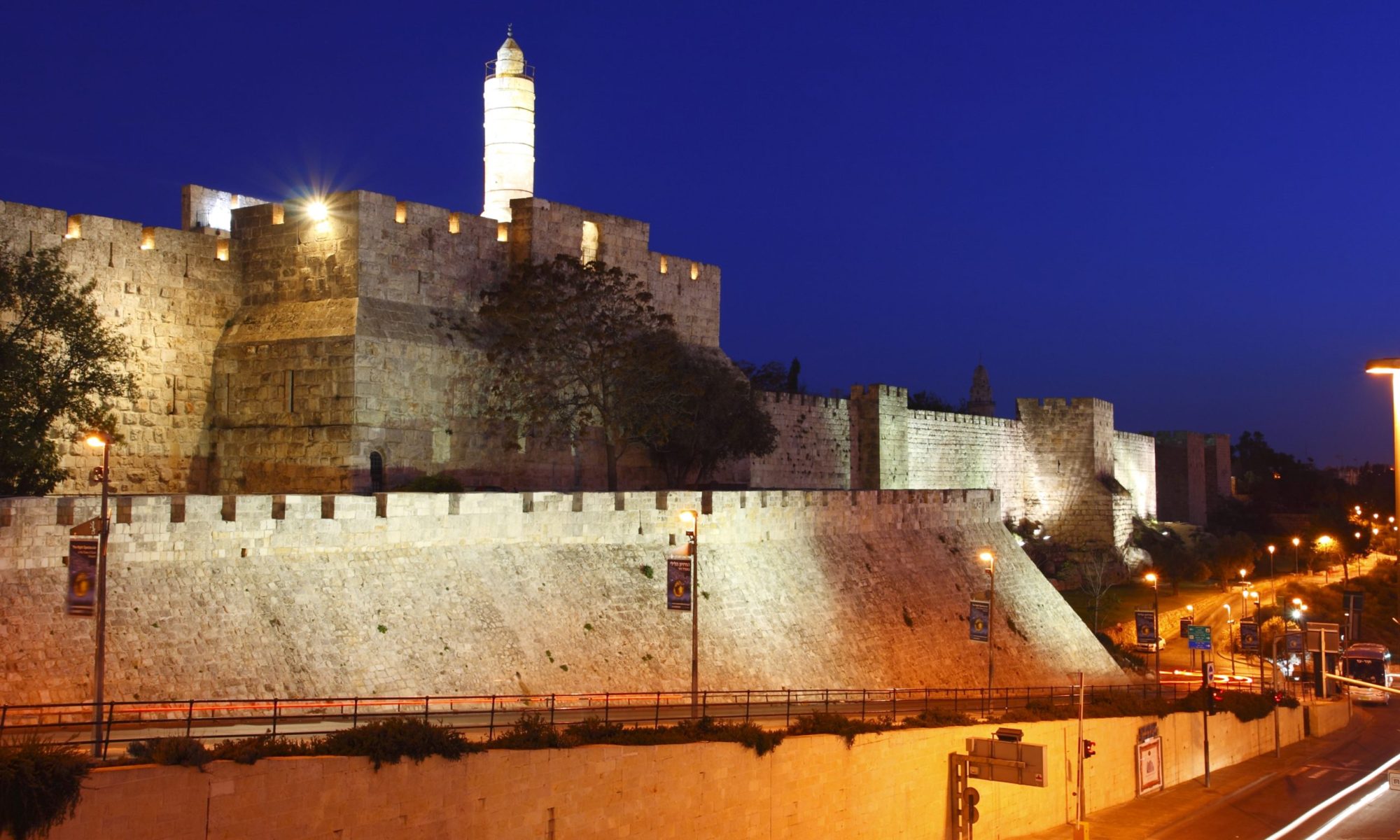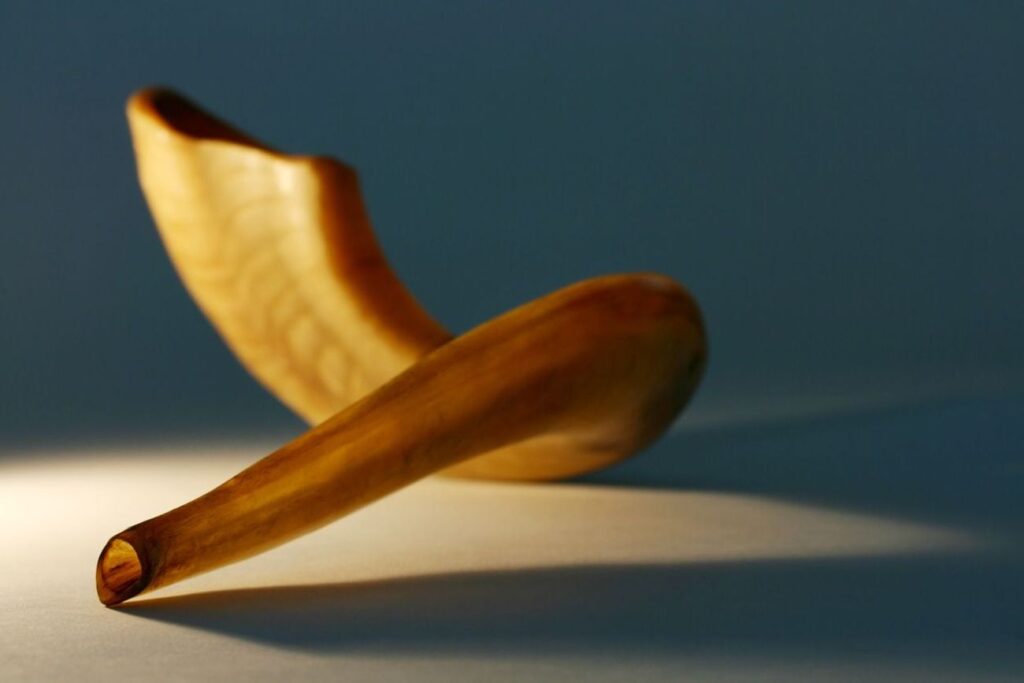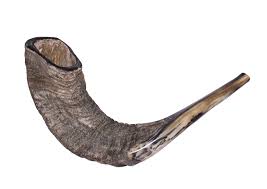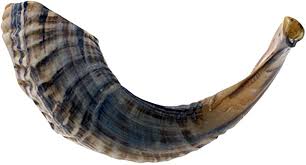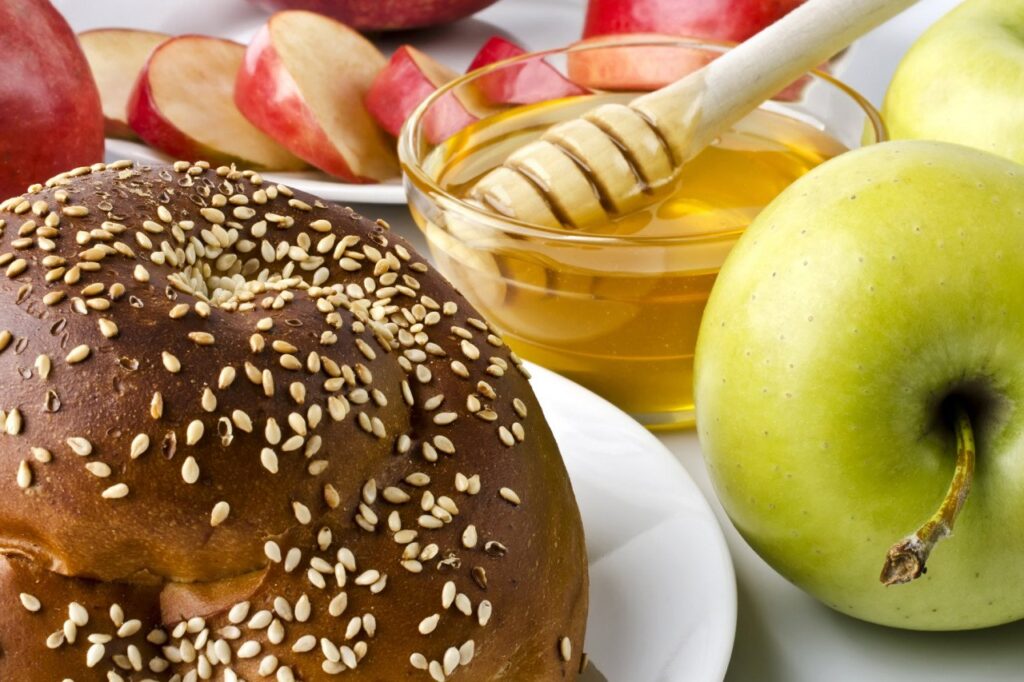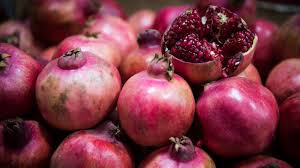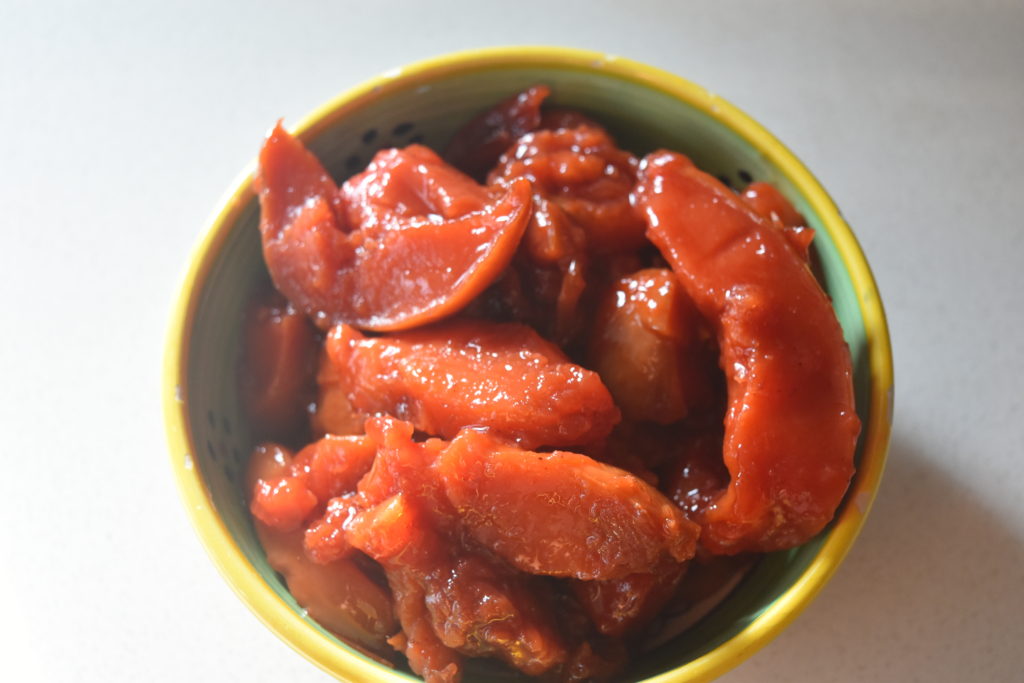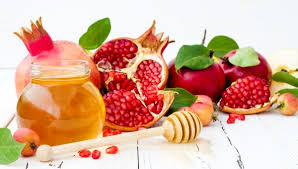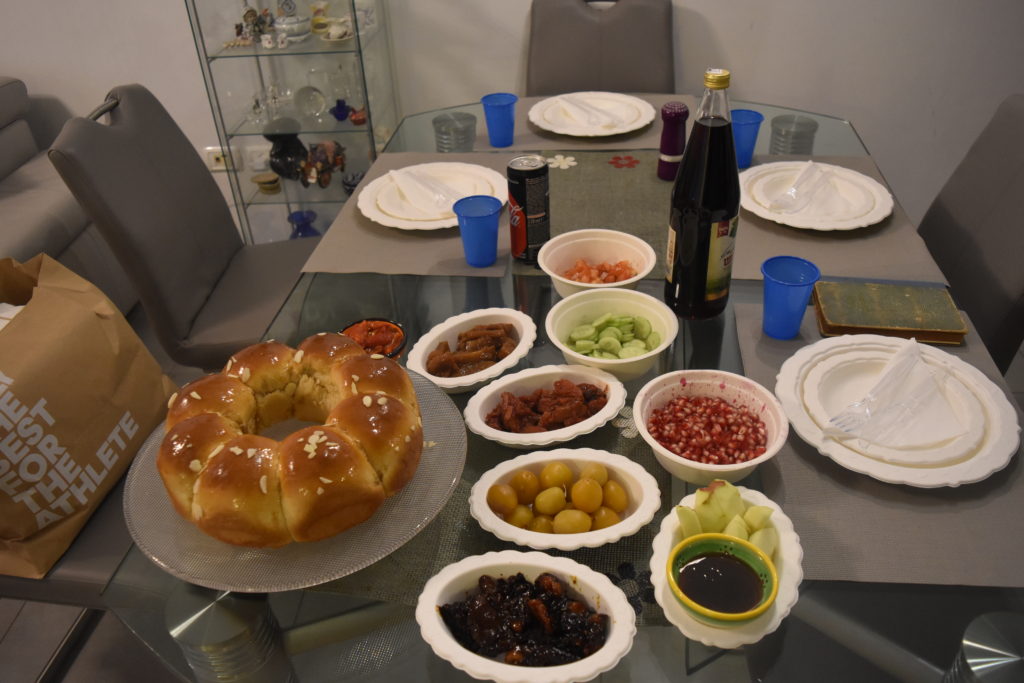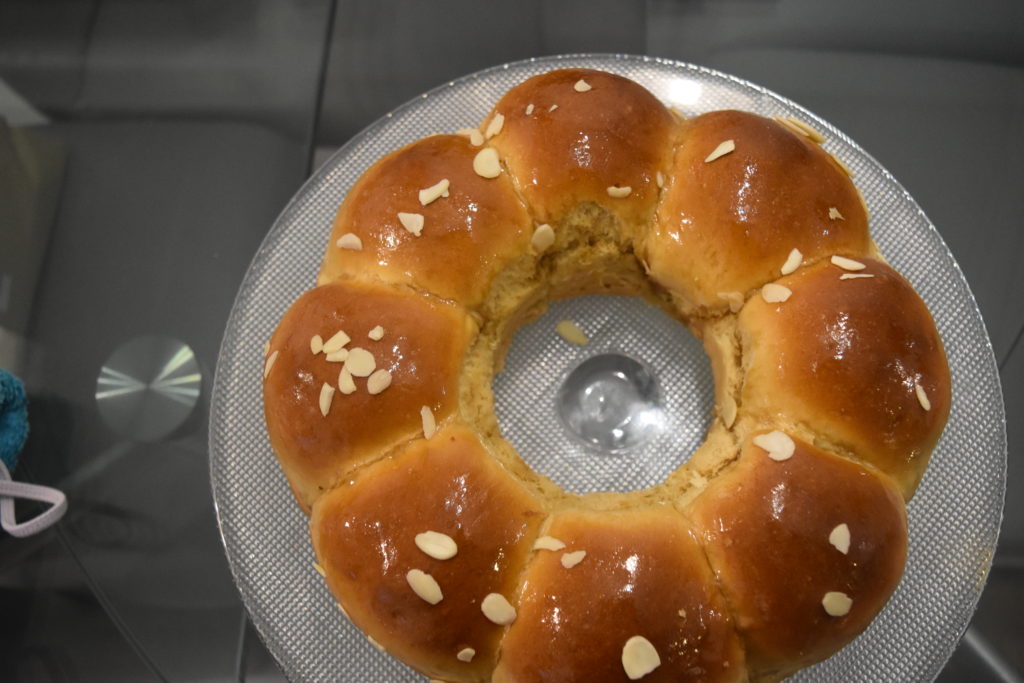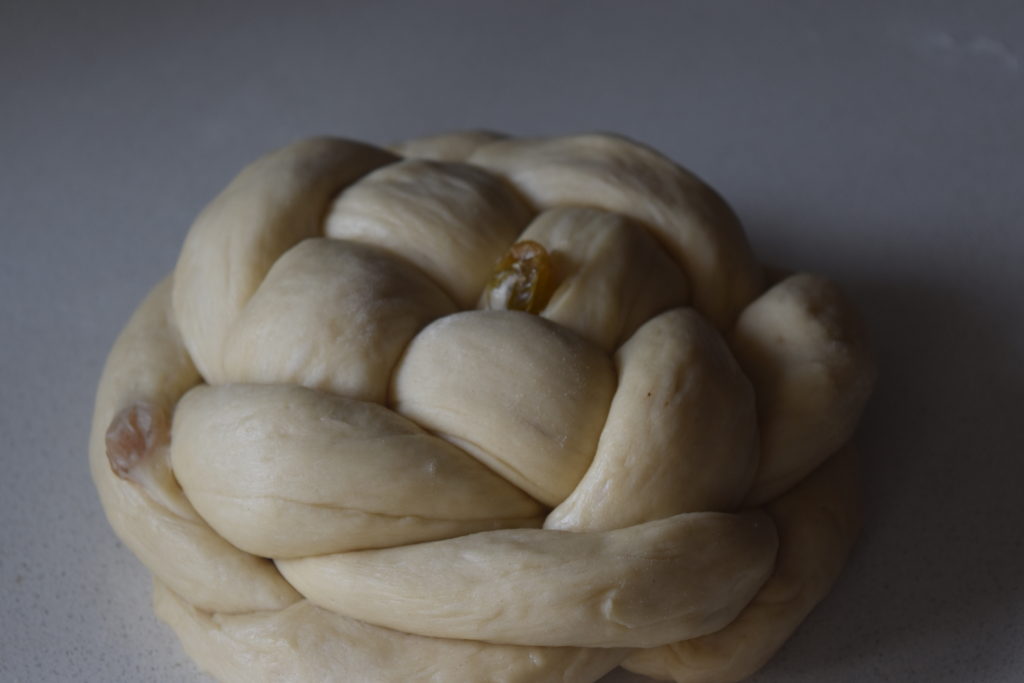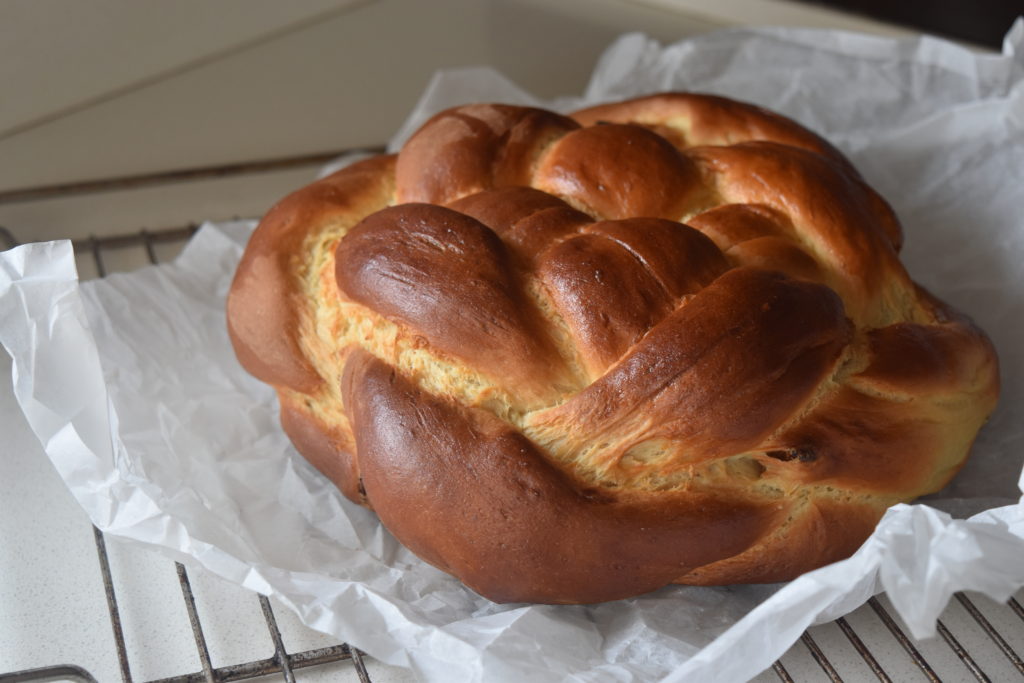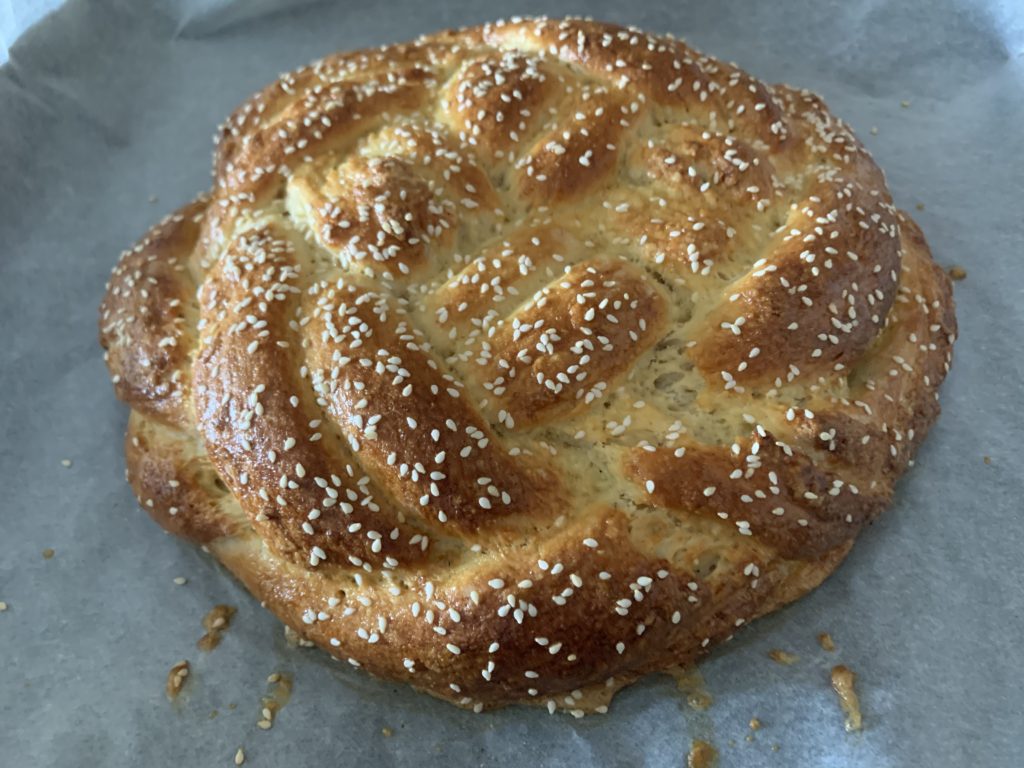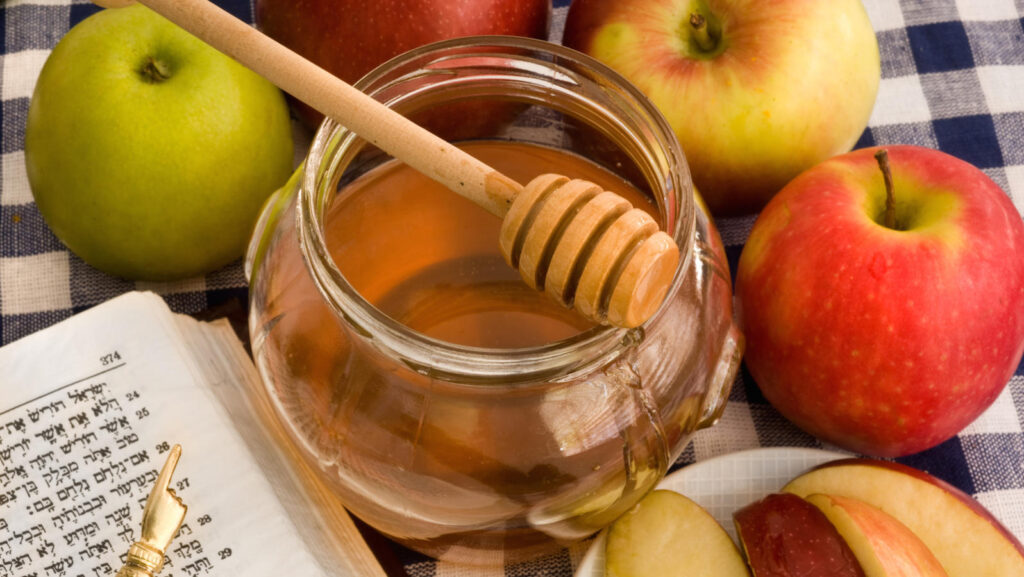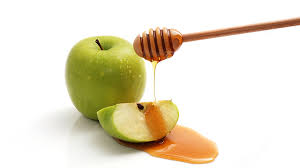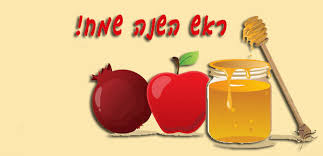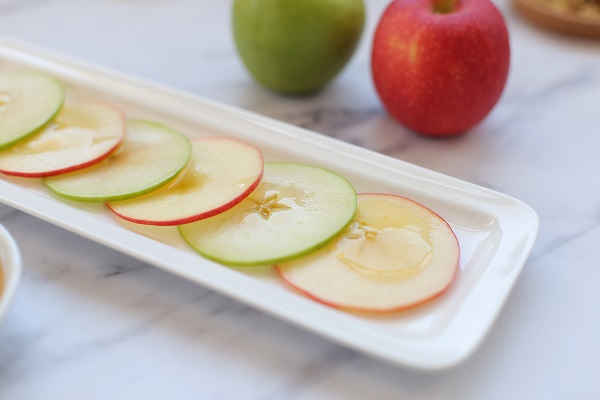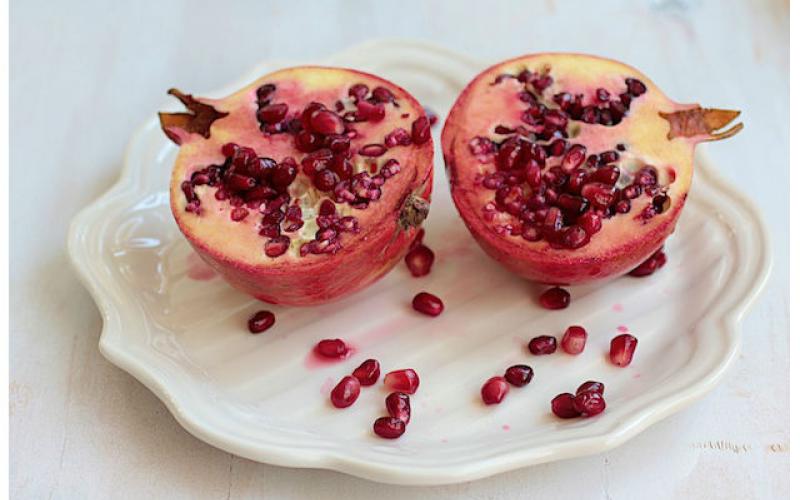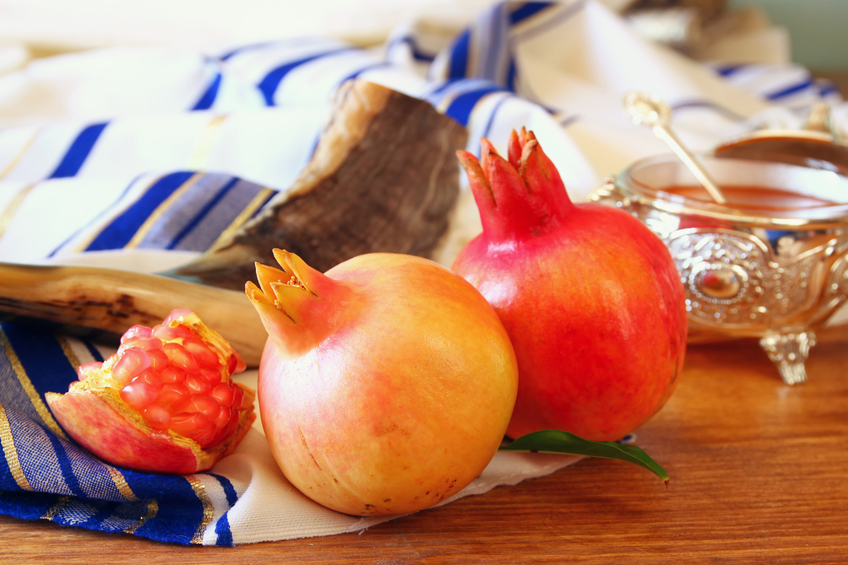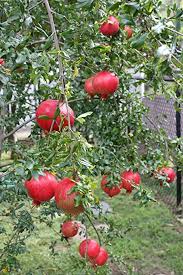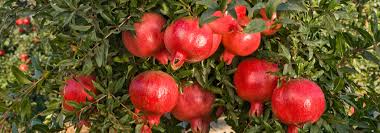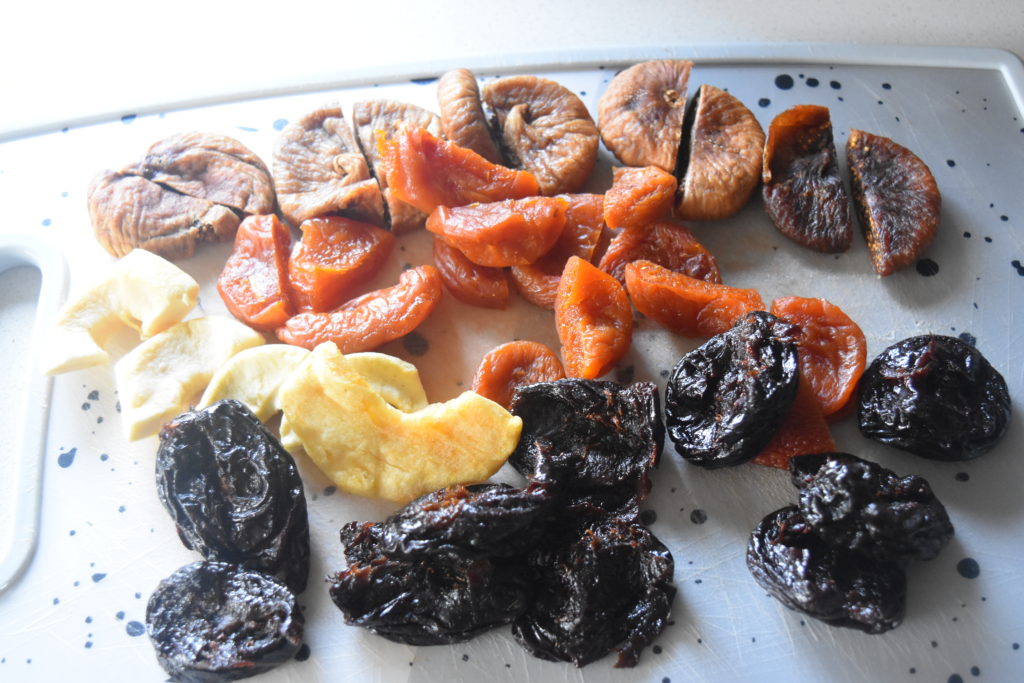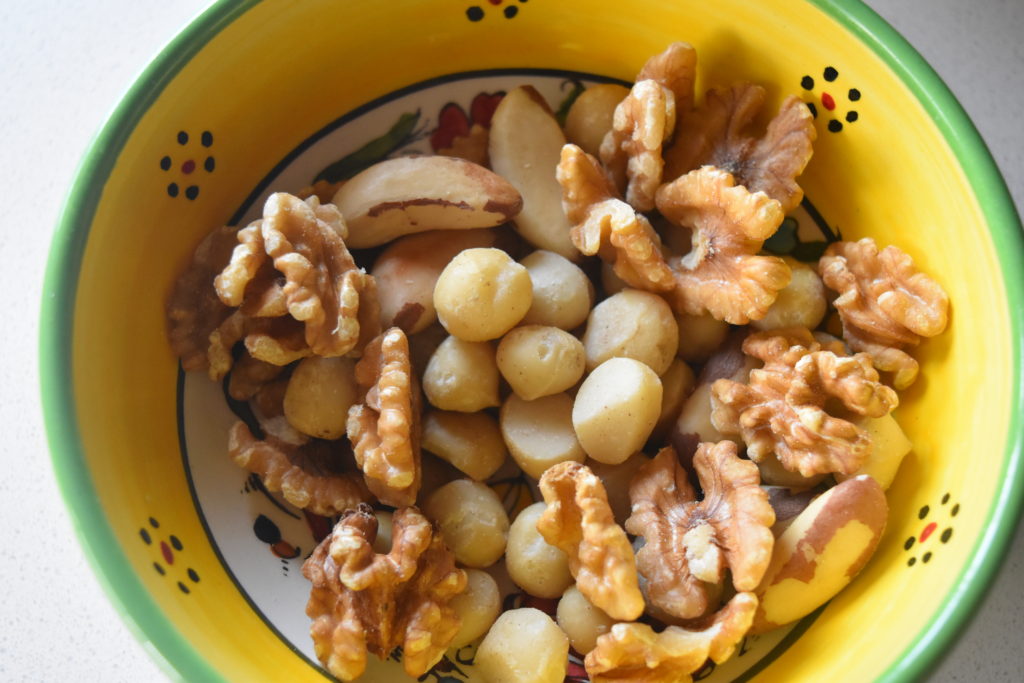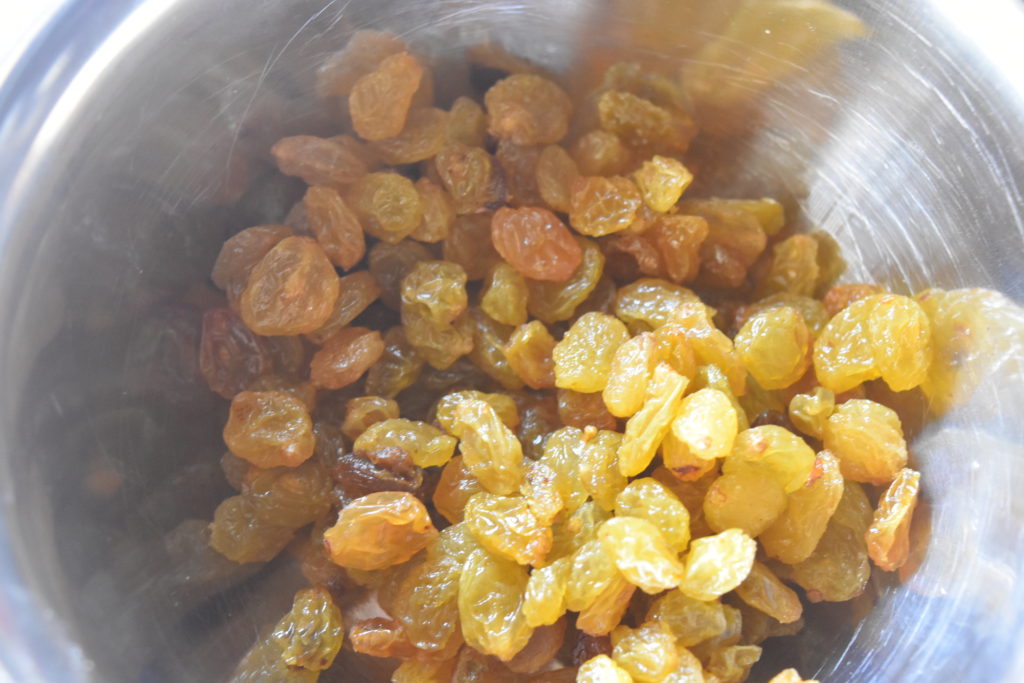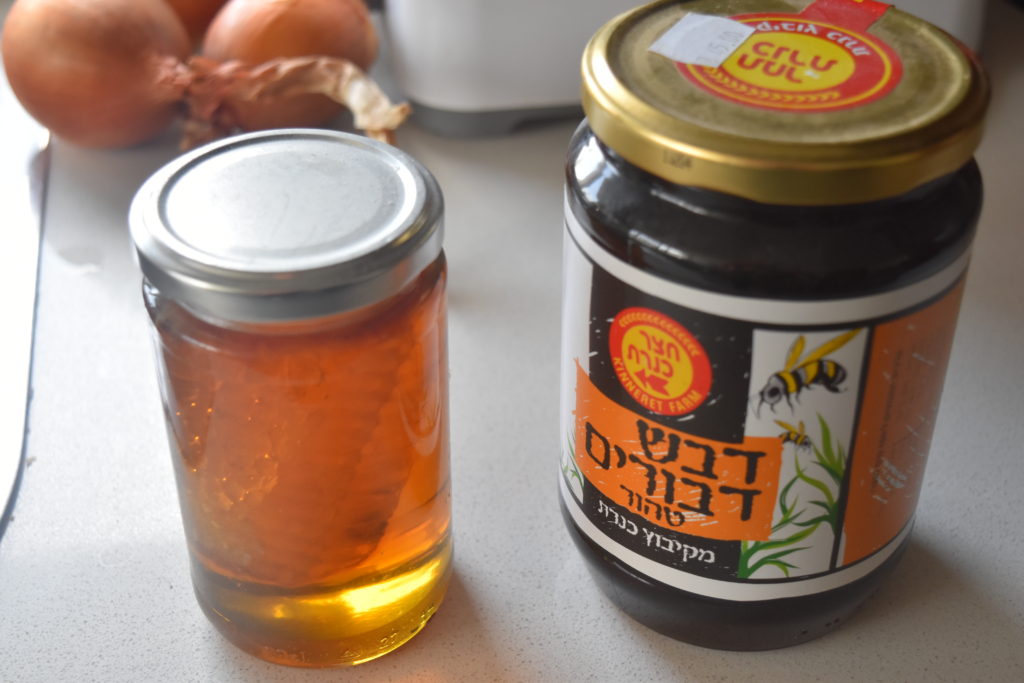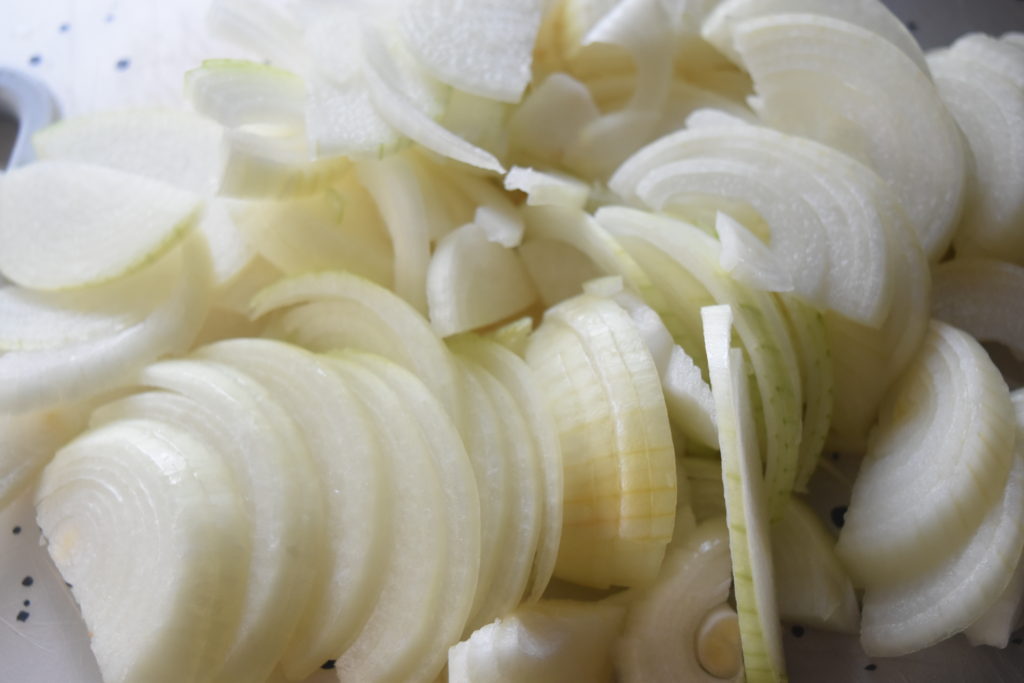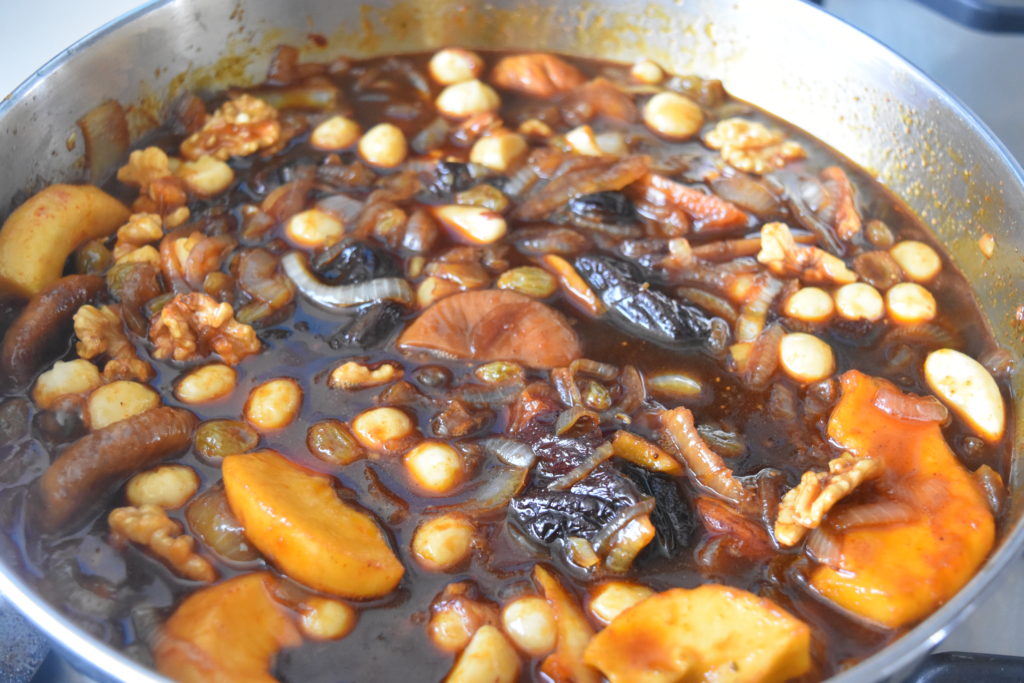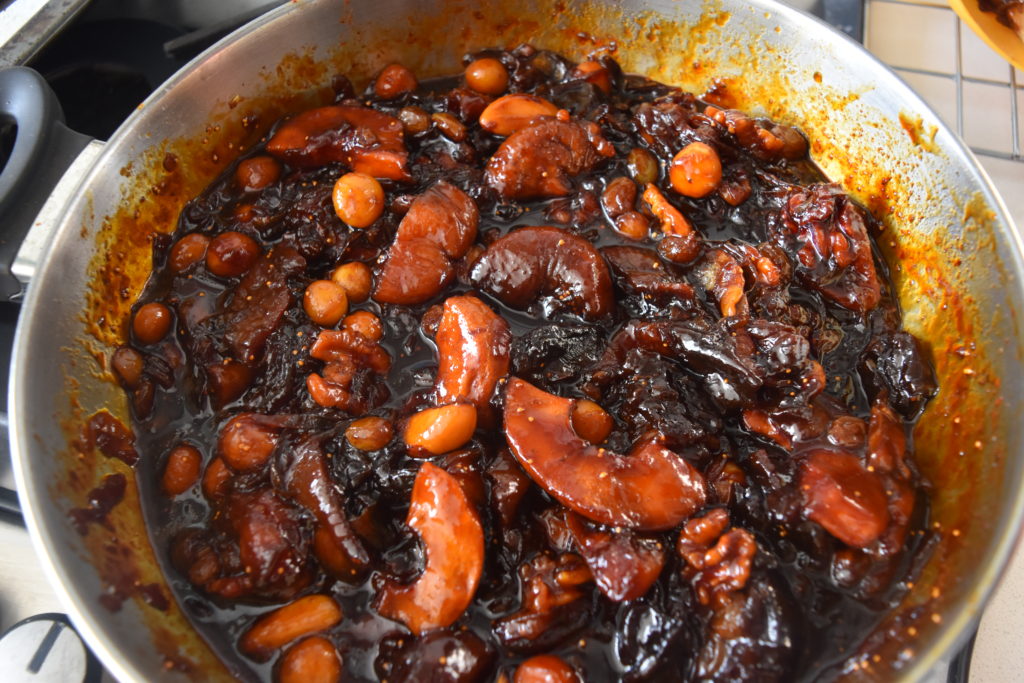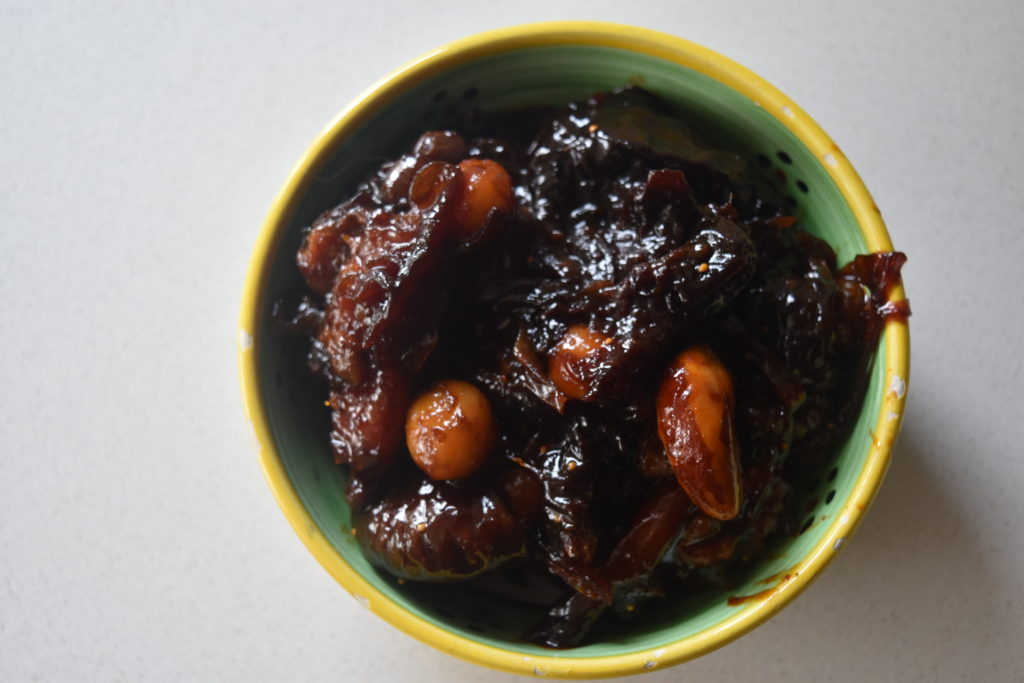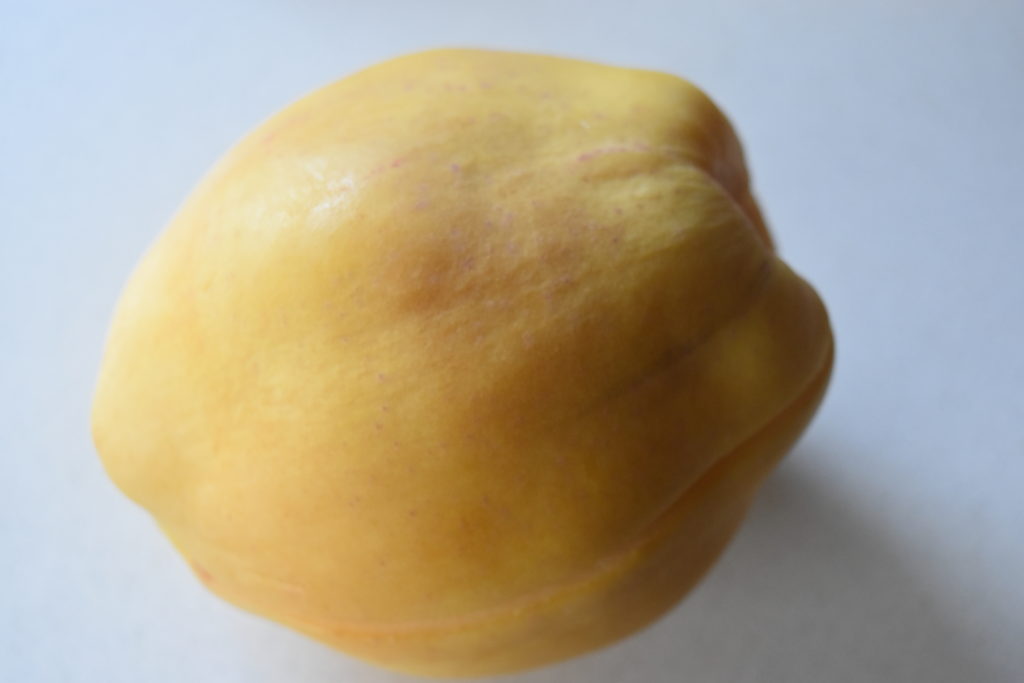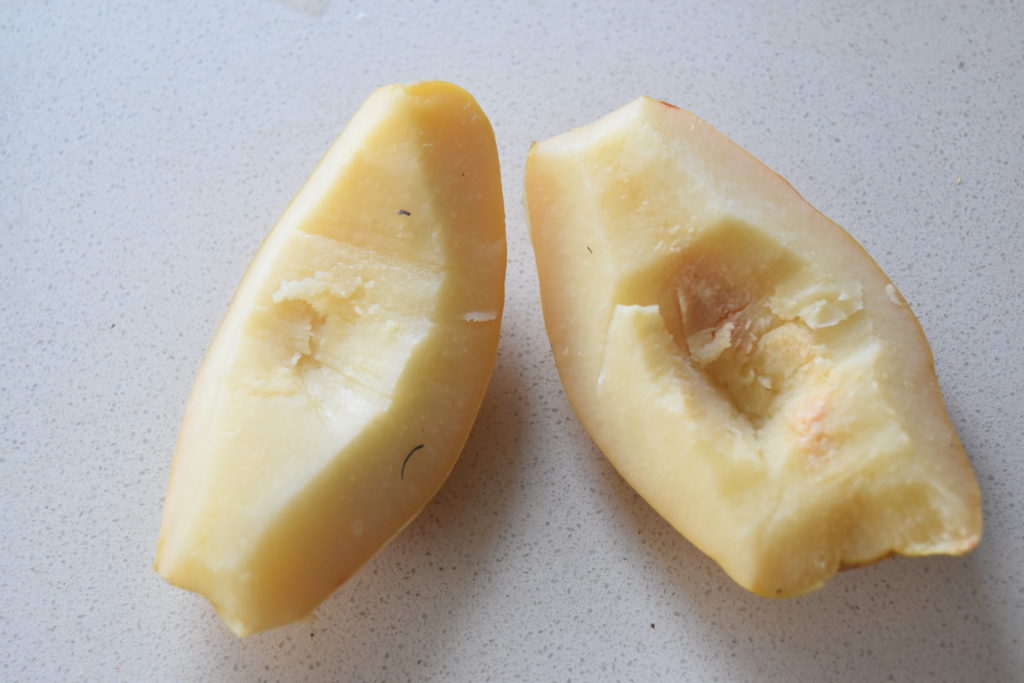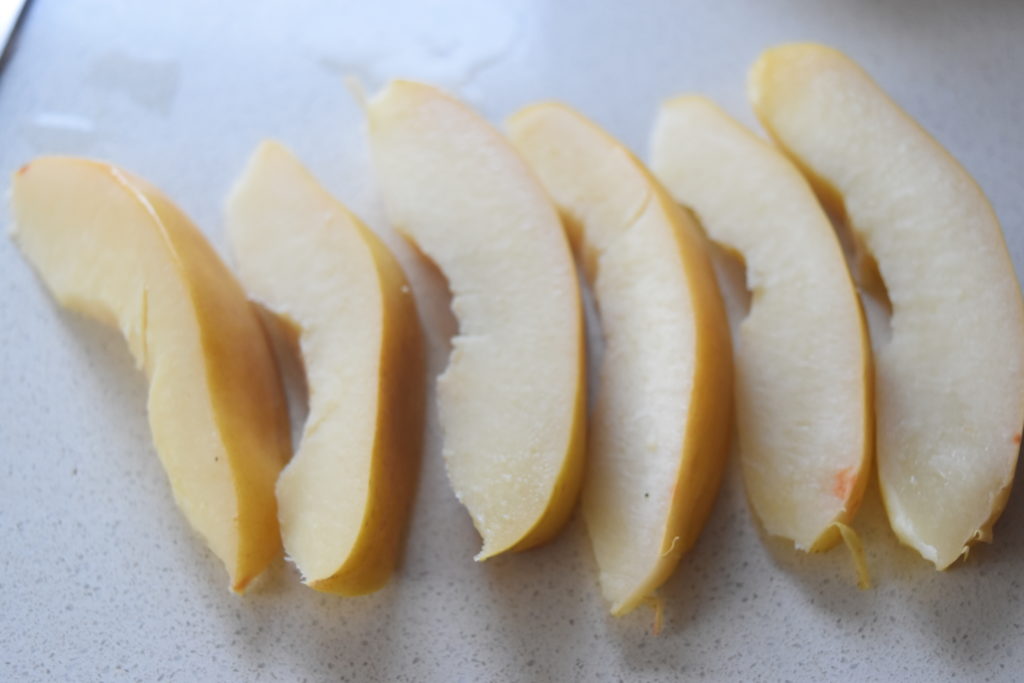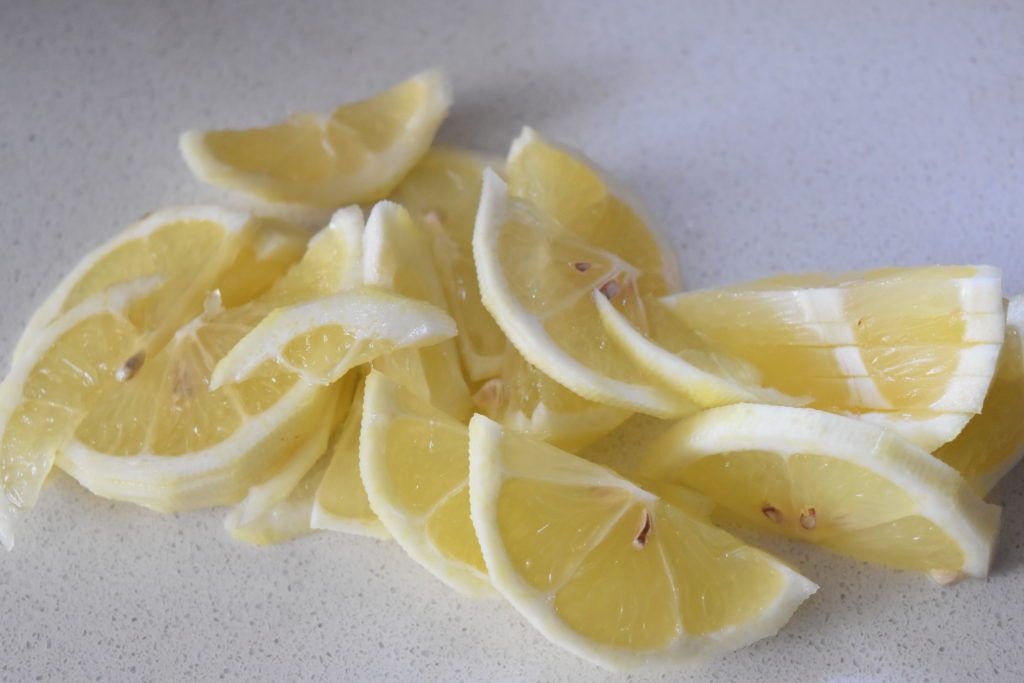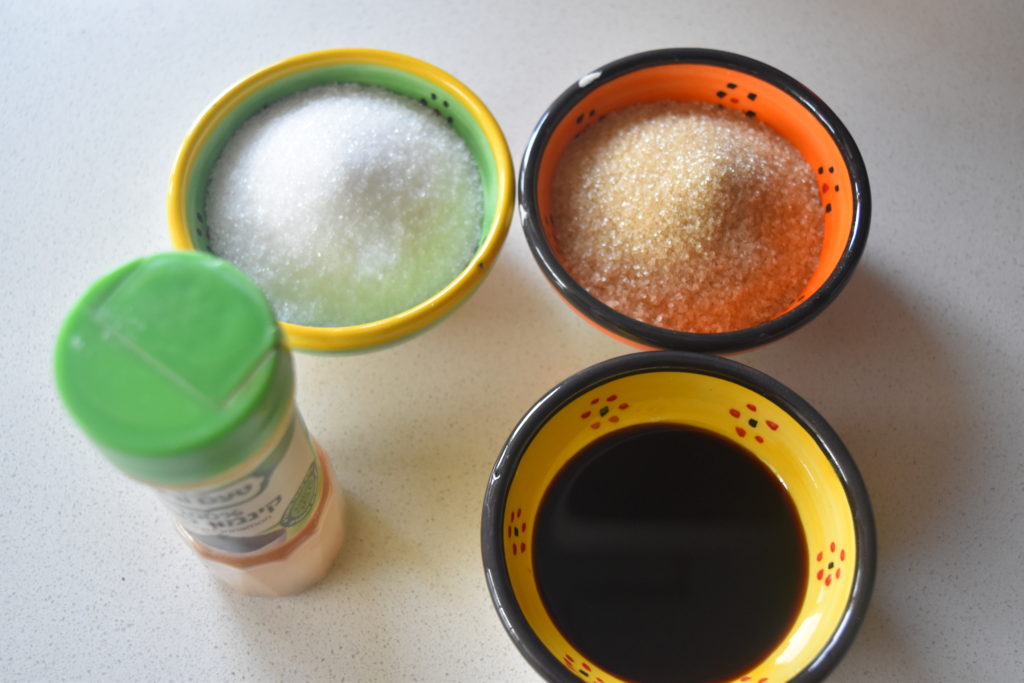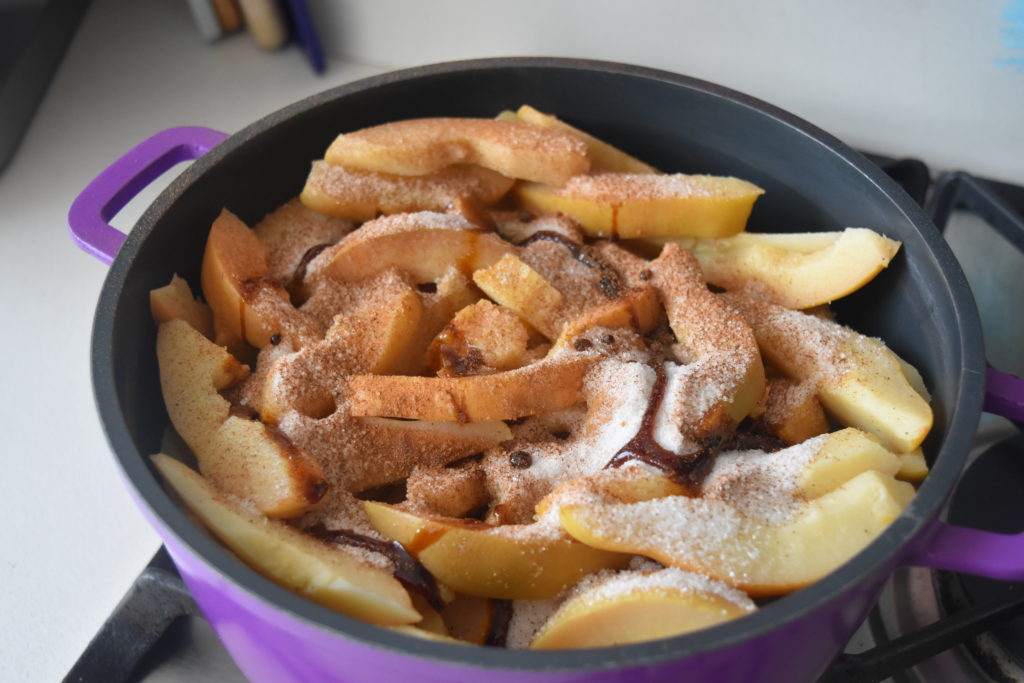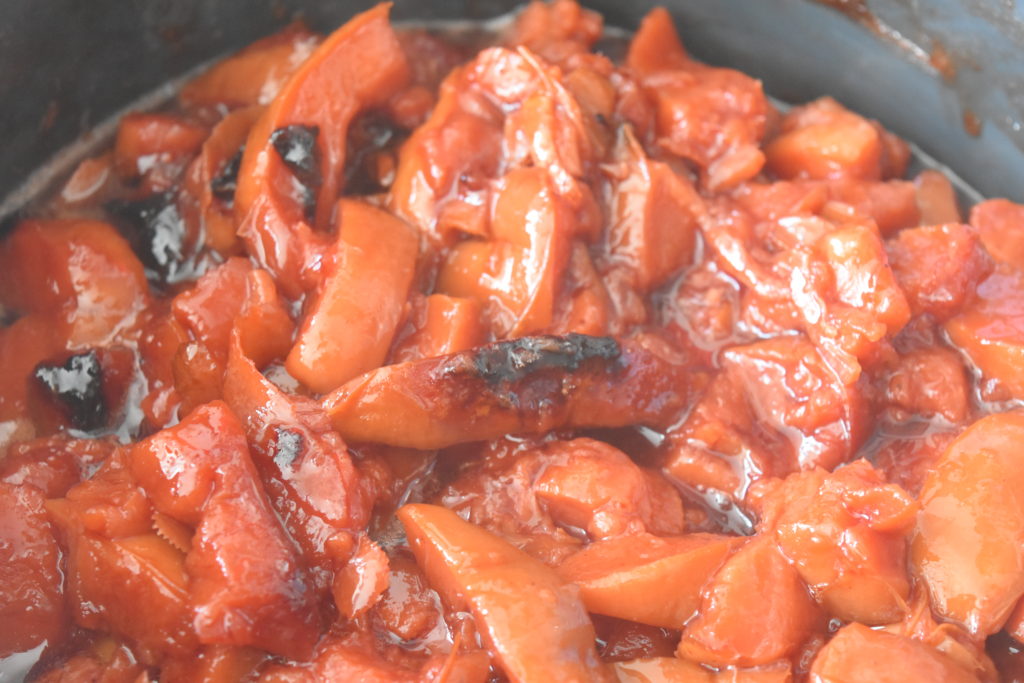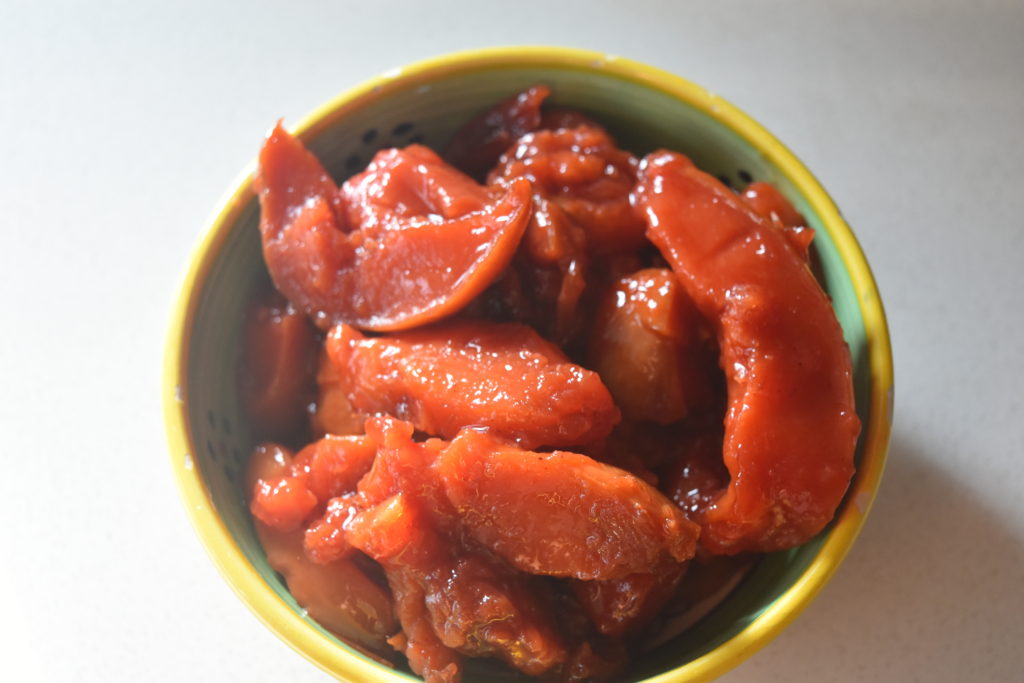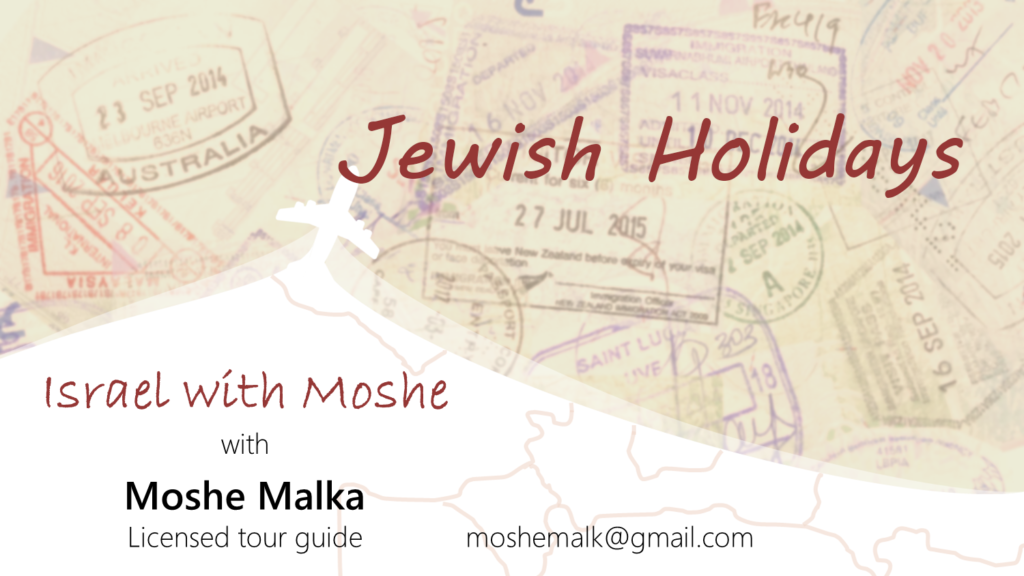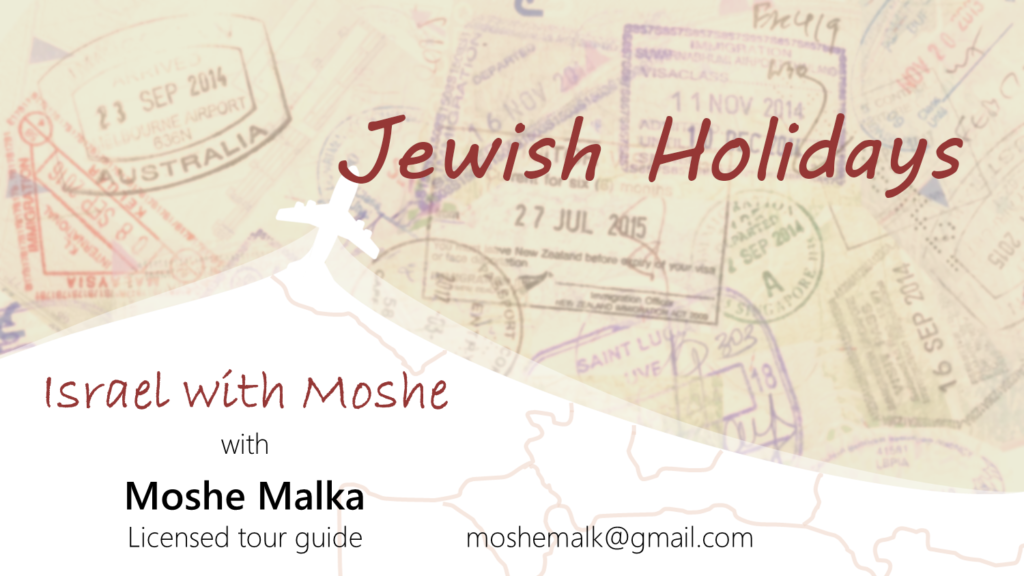
Yom Kipur – The Day of Atonement
Yom Kippur In Brief
What: Yom Kippur is the holiest day of the year, when we are closest to God and to the essence of our souls. Yom Kippur means “Day of Atonement,” as the verse states, “ Because on this day atonement will be made for you, to cleanse you. Then, before the Lord, you will be clean from all your sins. It is a day of sabbath rest, and you must deny yourselves; it is a lasting ordinance” (Leviticus 16: 30-31)
When: The 10th day of Tishrei (this year in 2020, from several minutes before sunset on Sunday, September 27, until after nightfall on Monday, September 28), coming on the heels of Rosh Hashanah (the Jewish New Year, which is on the first and second days of Tishrei).
How: For nearly 26 hours we “afflict our souls”: we abstain from food and drink, do not wash or apply lotions or creams and do not wear leather footwear. Instead, we spend the day in synagogue, praying for forgiveness.
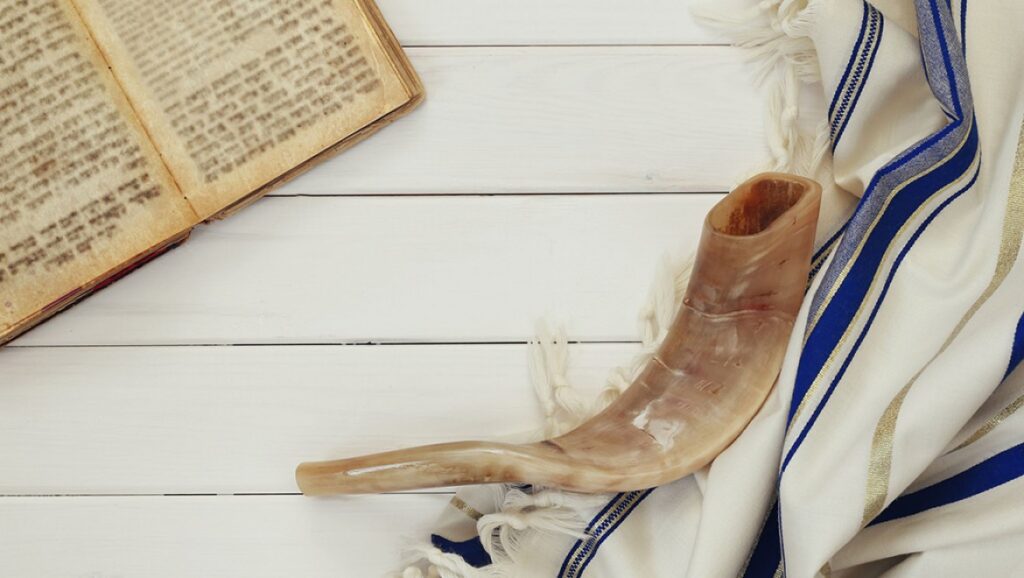
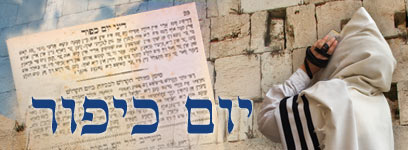
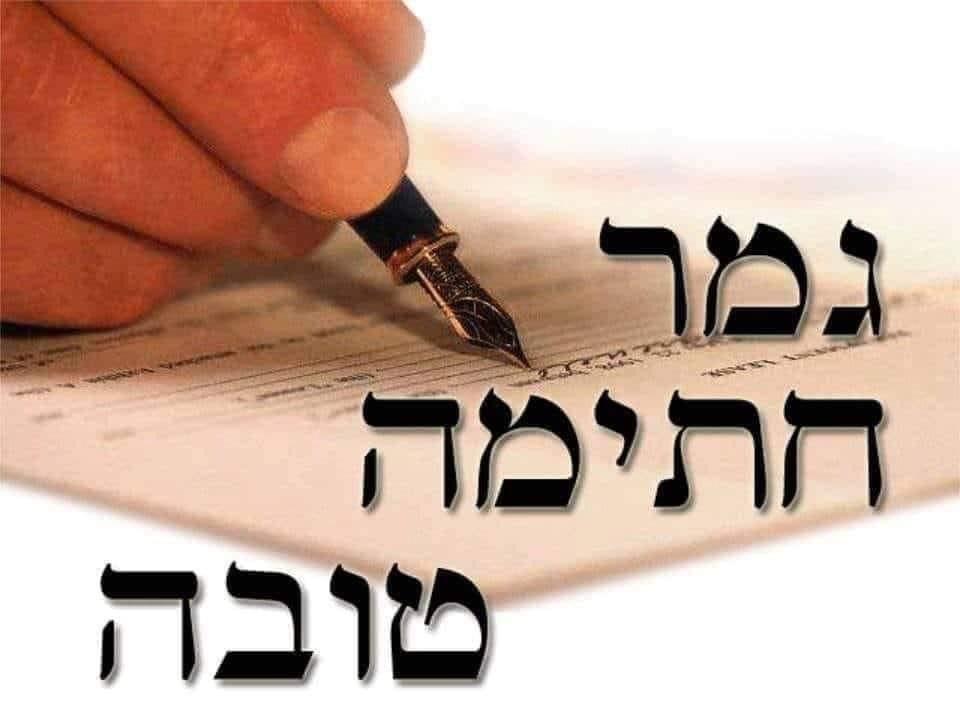

Praying at the Western Wall in Jerusalem
History of Yom Kippur
Just months after the people of Israel left Egypt in the year 2448 from creation (1313 BC), they sinned by worshipping a golden calf. Moses ascended Mount Sinai and prayed to God to forgive them. After two 40-day stints on the mountain, full Divine favor was obtained. The day Moses came down the mountain (the 10th of Tishrei) was to be known forevermore as the Day of Atonement—Yom Kippur.
That year, the people built the Tabernacle, a portable home for God. The Tabernacle was a center for prayers and sacrificial offerings. The service in the Tabernacle climaxed on Yom Kippur, when the High Priest would perform a specially prescribed service. Highlights of this service included offering incense in the Holy of Holies (where the ark was housed) and the lottery with two goats—one of which was brought as a sacrifice, the other being sent out to the wilderness (Azazel-a scapegoat).
This practice continued for hundreds of years, throughout the time of the first Temple in Jerusalem, which was built by Solomon, and the second Temple, which was built by Ezra. Jews from all over would gather in the Temple to experience the sacred sight of the High Priest performing his service, obtaining forgiveness for all of Israel.
When the second Temple was destroyed in the year 3830 from creation (70 AD), the Yom Kippur service continued. Instead of a High Priest bringing the sacrifices in Jerusalem, every single Jew performs the Yom Kippur service in the temple of his or her heart.
What to Do Before Yom Kippur?
Forty days before Yom Kippur, on the first of Elul, we begin blowing the shofar (listen below to the voice of the shofar) every morning and reciting Psalm 27 after the morning and afternoon prayers. In Sepharadic communities, it is customary to begin saying Selichot early every morning (Ashkenazim begin just a few days before Rosh Hashanah)—building an atmosphere of reverence, repentance and awe leading up to Yom Kippur.
For the week before Yom Kippur (known as the 10 Days of Repentance), special additions are made to prayers, and people are particularly careful with their mitzvah observance.
How Yom Kippur Is Observed?
Shabbat and holiday dinners are ushered in with candle lighting. Like Shabbat, no work is to be done on Yom Kippur, from the time the sun sets on the ninth of Tishrei until the stars come out in the evening of the next day.
On Yom Kippur, we afflict ourselves by avoiding the following five actions:
- Eating or drinking
- Wearing leather shoes
- Applying lotions or creams
- Washing or bathing
The day is spent in the synagogue, where we hold five prayer services:
Beyond specific actions, Yom Kippur is dedicated to introspection, prayer and asking God for forgiveness. Even during the breaks between services, it is appropriate to recite Psalms at every available moment.
Indeed, although Yom Kippur is the most solemn day of the year, it is suffused with an undercurrent of joy; it is the joy of being immersed in the spirituality of the day and expresses confidence that God will accept our repentance, forgive our sins, and seal our verdict for a year of life, health and happiness.
